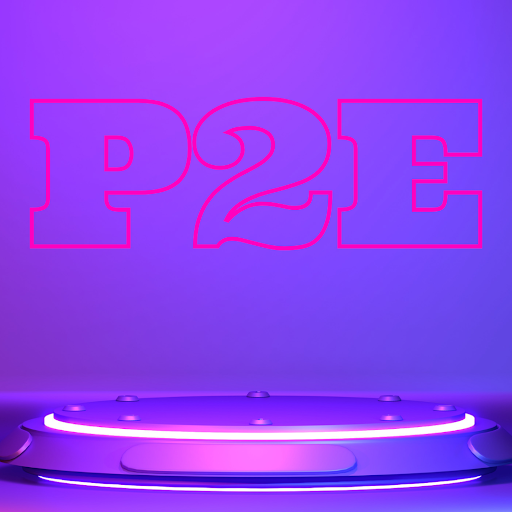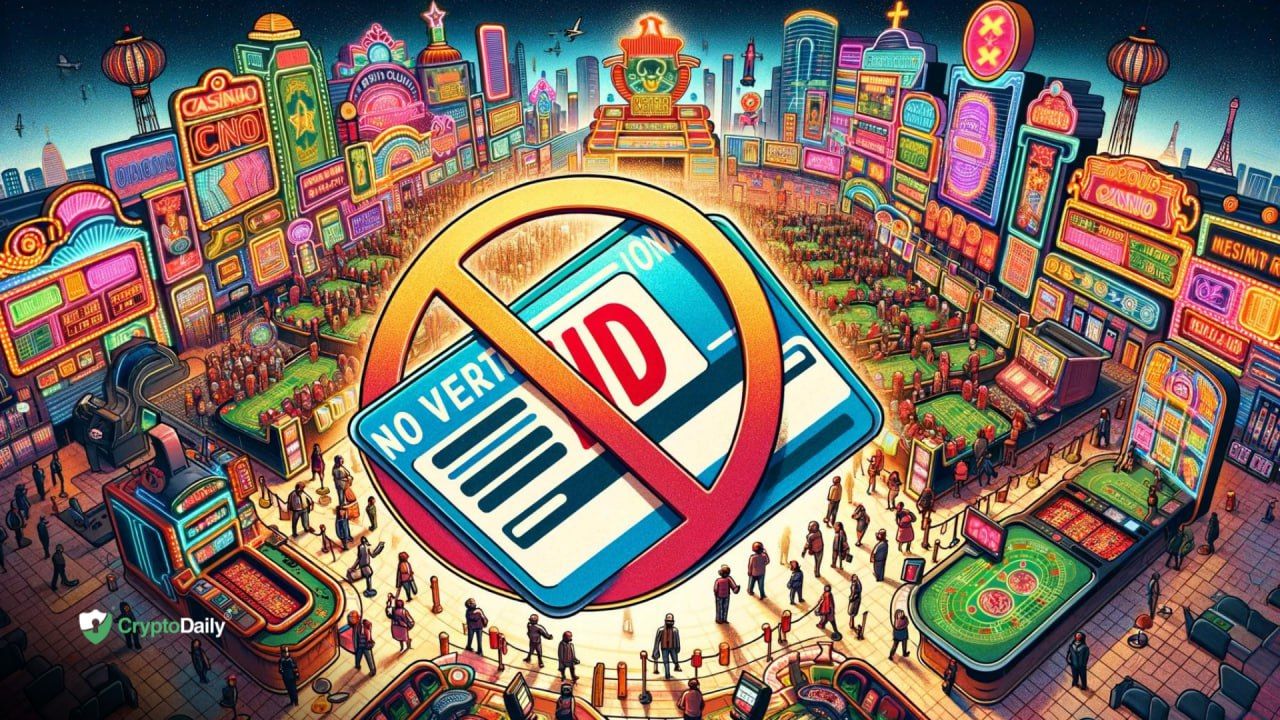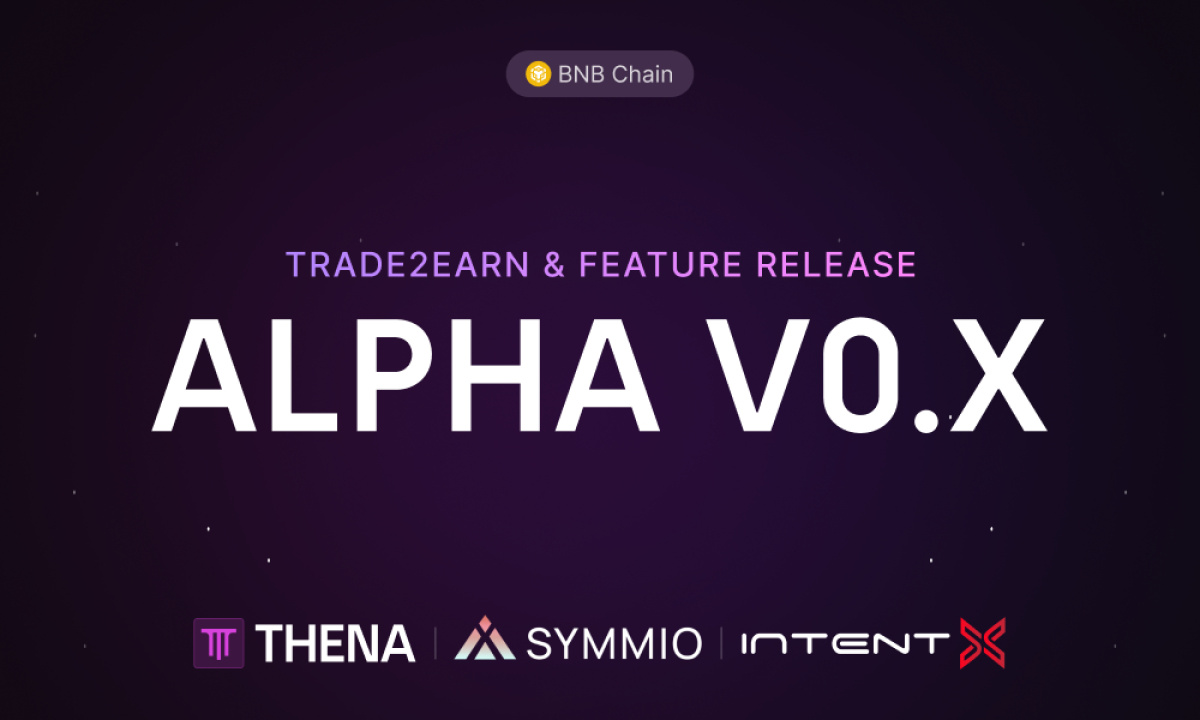Table of Contents
With around $300 Billion floating in the market, gaming stands as one of the most significant industries and with GameFi averaging $175M, lots of potential for expansion! The rise and fall of notable titles like Axie and more have resulted in the emergence of dominant ‘play-to-earn’ and ‘play-and-earn’ models. But with the emergence of dilemmas, which of them is better? Which of them is sustainable? Feasible? Or even valid anymore?
- Most play-to-earn games known so far revolve around the idea of players grinding with repetitive actions to make profits, something that doesn’t portray the essence of fun and entertainment, the core values of a gamer.
- Play-and-earn, on the other hand, accentuates more engaging and entertaining games as in-game time is monetised. Gamers can also have a real-life impact on character development and more by implementing DAOs.
Some examples of P2E or P&E - and how it doesn’t focus on the actual gameplay, value add or anything like that, but rather just hours of grinding for little money with no good game experience.
The Pains and Problems
Beyond prepositions and conjunctions, the paradigm explains not just the semantics but also the business models and core values behind the famous terms. GameFi at the moment is not designed for gamers - which is the underlying problem, and no systems can host a genuine grade AAA on the blockchain. Being nothing more than a “gig” or a “nuisance” to earn some extra cash is not the narrative GameFi would like to see itself in.
Traditional games offer stimulated economies for players driven by stories and characteristics controlled by the publishers. These games do not provide a market to trade or liquidate assets within the said economies, while the Play-to-Earn titles lack the elements that would make them fun, engaging and compelling. The two sides to a coin can identify both sectors with a set of drawbacks and improvement areas.
“There is no ownership if you can’t sell it - and it’s not worth owning if it isn’t appealing enough, and that’s a pressing issue. Bridging the gaps between Web2 and Web3 primarily comes from asset ownership, mechanics and usability”, says Adria Mir, Gaming & Blockchain Expert at G4AL and Elemental Raiders.
Traditional ‘free-to-play’ or ‘pay-to-play’ models only provide entertainment and experience out of the games or assets purchased and consider the investment a sunk cost. Because of the centralised nature of traditional games, the assets can be changed or taken away anytime by the operator or game publisher. In a worst-case scenario, if the publishers or studios go out of business, players can lose all their assets before getting the entertainment value out of it. The most recent example was Telltale Games’ shutdown which left The Walking Dead’s final season incomplete.
Web3 or ‘play-to-earn’ games, on the other hand, do provide the ownership as opposed to traditional games, with no threat of players losing their assets even if publishers go out of business. However, given recent history, it is easy to imagine the extreme inflation and fleeting deflation of play-to-earn or play-and-earn games when the core value of gamers and their communities are taken out of the equation.
Where Does the Future Lie?
With all that in hand, are play-to-earn, play-and-earn and most other models dead? There is a need for a model that focuses on the best of both worlds. Many Web3 scholars accelerate different terms daily, but one has been prominent and has had a substantial impact. ‘Play-to-Own’ focuses on decentralisation, control and ownership first and foremost, which is one of the essential factors and foundations of blockchain and web3. But is that enough to convince the hardcore fans of Elden Rings, Call of Dutys’ and Web2 gamers alike? You’re right! - Probably not! Said differently, the “ownership revolution” stays at the heart of what GameFi and the so-called ‘AAA blockchain games’ are trying to achieve, but so should the increasing need to host and build a game that serves the mechanics, gameplay and UI/UX of a console-quality title. It raises the question of platforms built on blockchain being capable enough to host a game of that stature, Former First VP of King Studios thinks yes:
“We’re building G4AL as a game studio to host the quality of games that first and foremost suits what Web2 gamers are used to, giving ownership to what they play, low entry barriers, and the ability and a monetary exit button which allows them to ‘play-to-own’ or ‘play-and-earn’.”
Play-to-Own has the potential to be applied to any game, may they be Web2 or Web3, which in turn can increase the customer lifetime values, engagement ratios and retention rates. Instead of forcing users to buy-in set NFTs or assets to the game, it can potentially open up a plethora of in-game revenue streams. Creating higher value in games that allow ownership and low entry risk can enable players to choose these games over traditional models or P2E models as they get both ownership and security as well as long-term retention.
Disclaimer: This article is provided for informational purposes only. It is not offered or intended to be used as legal, tax, investment, financial, or other advice.















